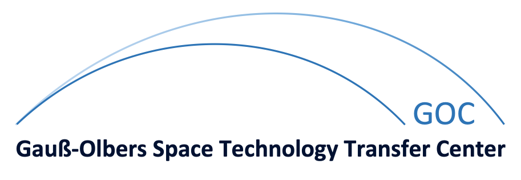Implementation of a Real-Time Satellite Channel Simulator for Laboratory and Teaching Purposes
| Autoren: | S. Fischer, R. Seeger, K.-D. Kammeyer | ||||||
| Kurzfassung: | This paper focuses upon implementation aspects of an real-time simulator applicable to narrowband land mobile satellite channels. The baseband channel simulator software runs on a high- performance TMS320C6701 DSP platform. In the last years, non-geostationary satellite systems like LEO (Low Earth Orbit) systems became more and more important. Especially, in areas with small population or low infrastructure satellite communication is superior to terrestrial mobile communication. Satellite systems can also be used complementary to existing communication networks in order to increase the availability of service. The main difference between satellite and terrestrial systems is of course the transmission channel. In order to plan future or improve existing systems it is indispensable to simulate the physical behaviour of the propagation paths. Due to low elevation angles of LEO systems obstacles like buildings and trees prevent from a permanent line-of-sight (LOS) connection between the mobile user and the satellite. Also, in contrast to geostationary satellite systems multipath propagation is not negligible. If a direct signal component exists (LOS conditions) the channel is in a so-called good/clear state and the probability density function (pdf) of the signal amplitude is Rician distributed. The shadowed state (bad/blocked state) is modeled by a Rayleigh distribution of the signal amplitude whereat, with respect to the relative slow shadowing process, the mean power of the Rayleigh fading component is lognormal distributed. The transitions between blocked and line-of-sight periods is modeled by a two state Markov chain. In order to take into account the multipath propagation the core software procedure of the simulator is a Rayleigh fading generator, incorporating a flexible (user definable) spectrum shaping to regard Doppler effects due to mobility of the user and movement of the satellite. The real-time channel simulator is a useful tool to demonstrate the influence of the channel on mobile communication in laboratory or teaching purposes. In response to experimenters concerns arbitrary RF-modules can be connected to the I/Q connectors of the simulator. |
||||||
| Dokumenttyp: | Konferenzbeitrag | ||||||
| Veröffentlichung: | Paris, France, 20. - 21. September 2000 | ||||||
| Konferenz: | The Third European DSP Education & Research Conference | ||||||
| Index: | 98 | ||||||
| Dateien: |
|
Zuletzt aktualisiert am
24.04.2008
von
Admin
© Arbeitsbereich Nachrichtentechnik - Universität BremenImpressum / Kontakt







